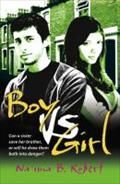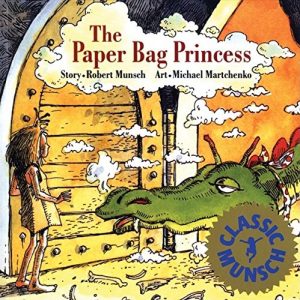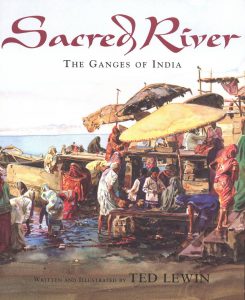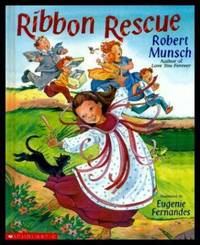Ten-year-old Megan Brady tells of her family’s lifestyle, spending summers traveling in a caravan through the Irish countryside getting work where they can, and winters in Dublin so the children can attend school.
Author: Book Importer
Boy Vs. Girl

Farhana swallowed and reached for the hijab. But then she saw with absolute clarity the weird looks from the other girls at school, and the smirks from the guys. Did she dare? And then there was Malik… What should she do about him? Faraz was thinking about Skrooz and the lads. Soon he would finally have the respect of the other kids at school. But at what price? He heard Skrooz’s voice, sharp as a switchblade: “This thing is powerful, blud. But you have to earn it, see? Just a few more errands for me…” They’re twins, born 6 minutes apart. Both are in turmooil and both have life-changing choices to make, against the peaceful backdrop of Ramadan. Do Farhana and Faraz have enough courage to do the right thing? And can they help each other – or will one of them draw the other towards catastrophe? This powerful novel explores the idea of honour and what it means to different generations of Muslim families.
Ska-Tat!
Children describe playing in the colorful, scratchy leaves as they fall down from the trees.
Something Good (Classic Munsch)
Tyya’s dad won’t buy anything good at the store – no ice cream, no candy, no cookies. But when the saleslady puts a price sticker on Tyya’s nose, Daddy is finally forced to buy something good.ot;Michael Martchenko’s illustrations…are lively, simple and expressive. The characters practically jump off the page.”/>- Quill & Quire
Spike Chiseltooth
When Karl buys an orphaned bunny at the pet shop, he is met with a less than friendly reception at home. The little boy decided to give Spike to grumpy Mr. Gribble, who lives upstairs. Karl notices a change in his neighbour as Spike slowly nibbles her way through Mr. Gribble’s apartment and into his heart.
The Dark (Classic Munsch)
Jule Ann pounds on the bottom of a cookie jar, and a small dark lump bounces out. The Dark quickly gobbles up every shadow in sight, growing bigger with each one. Munsch’s plucky heroine resolves the perplexing problem with brilliant, spirited logic.




